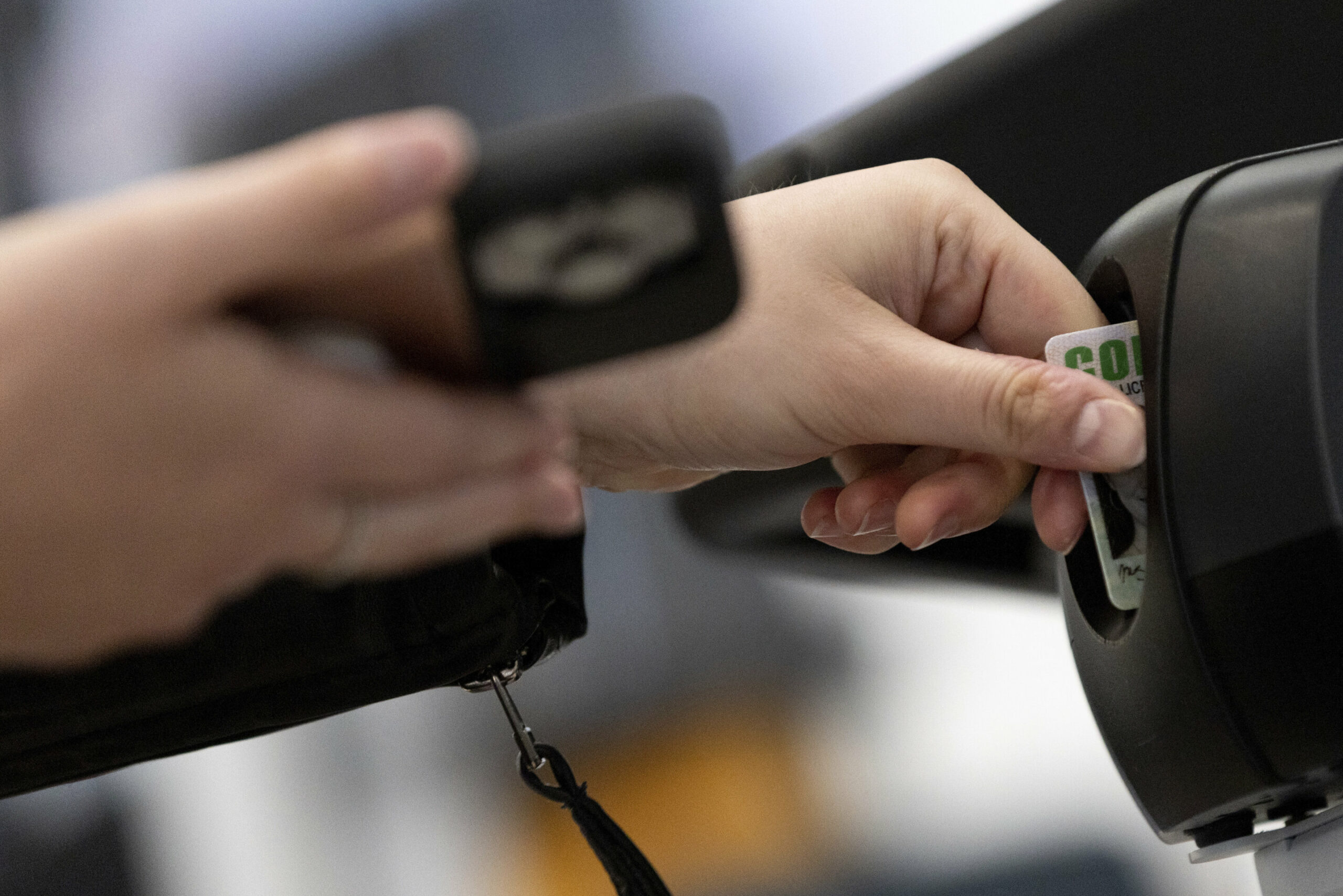The Transportation Security Administration (TSA) has launched a pilot program to test facial recognition technology at 16 airports across the United States. This voluntary program aims to improve the accuracy of identity verification without slowing down the speed of passengers passing through checkpoints. However, some critics have raised concerns about questions of bias in facial recognition technology and possible repercussions for passengers who want to opt out.
Facial Recognition Technology
Passengers insert their driver’s license into a slot that reads the card, or place their passport photo against a card reader, before looking at a camera on a screen about the size of an iPad. The technology captures their image and compares it to their ID, ensuring that the people at the airport match the ID they present and that the identification is real. A TSA officer is still present and signs off on the screening. A small sign alerts travelers that their photo will be taken as part of the pilot and that they can opt out if they’d like. It also includes a QR code for them to get more information.
Privacy Concerns
The pilot program has come under scrutiny by some elected officials and privacy advocates. Meg Foster, a justice fellow at Georgetown University’s Center on Privacy and Technology, said there are concerns about bias within the algorithms of various facial recognition technologies. Some have a harder time recognizing faces of minorities, for example. And there’s the concern of outside hackers figuring out ways to hack into government systems for nefarious aims. Jeramie Scott, with the Electronic Privacy Information Center, said that while it’s voluntary now, it might not be for long. He noted that David Pekoske, who heads TSA, said during a talk in April that eventually the use of biometrics would be required because they’re more effective and efficient, although he gave no timeline.
The TSA says that the goal of the pilot is to improve the accuracy of the identity verification without slowing down the speed at which passengers pass through the checkpoints—a key issue for an agency that sees 2.4 million passengers daily. The agency said early results are positive and have shown no discernable difference in the algorithm’s ability to recognize passengers based on things like age, gender, race and ethnicity. TSA also emphasizes that the images aren’t being compiled into a database, and that photos and IDs are deleted. Since this is an assessment, in limited circumstances some data is collected and shared with the Department of Homeland Security’s Science and Technology Directorate. TSA says that data is deleted after 24 months. However, privacy advocates remain concerned about the use of biometric data and the potential for abuse.



Leave a Reply